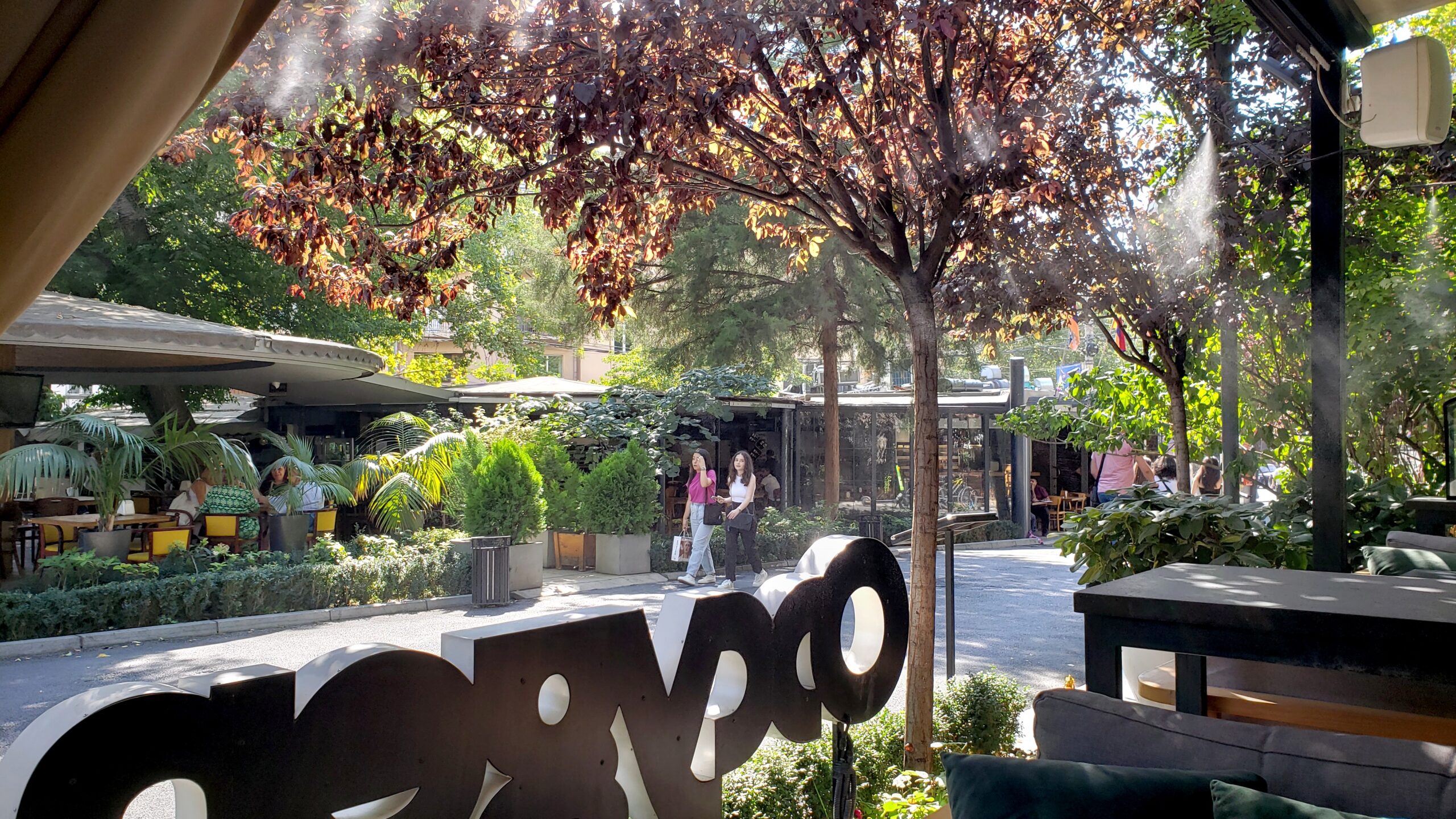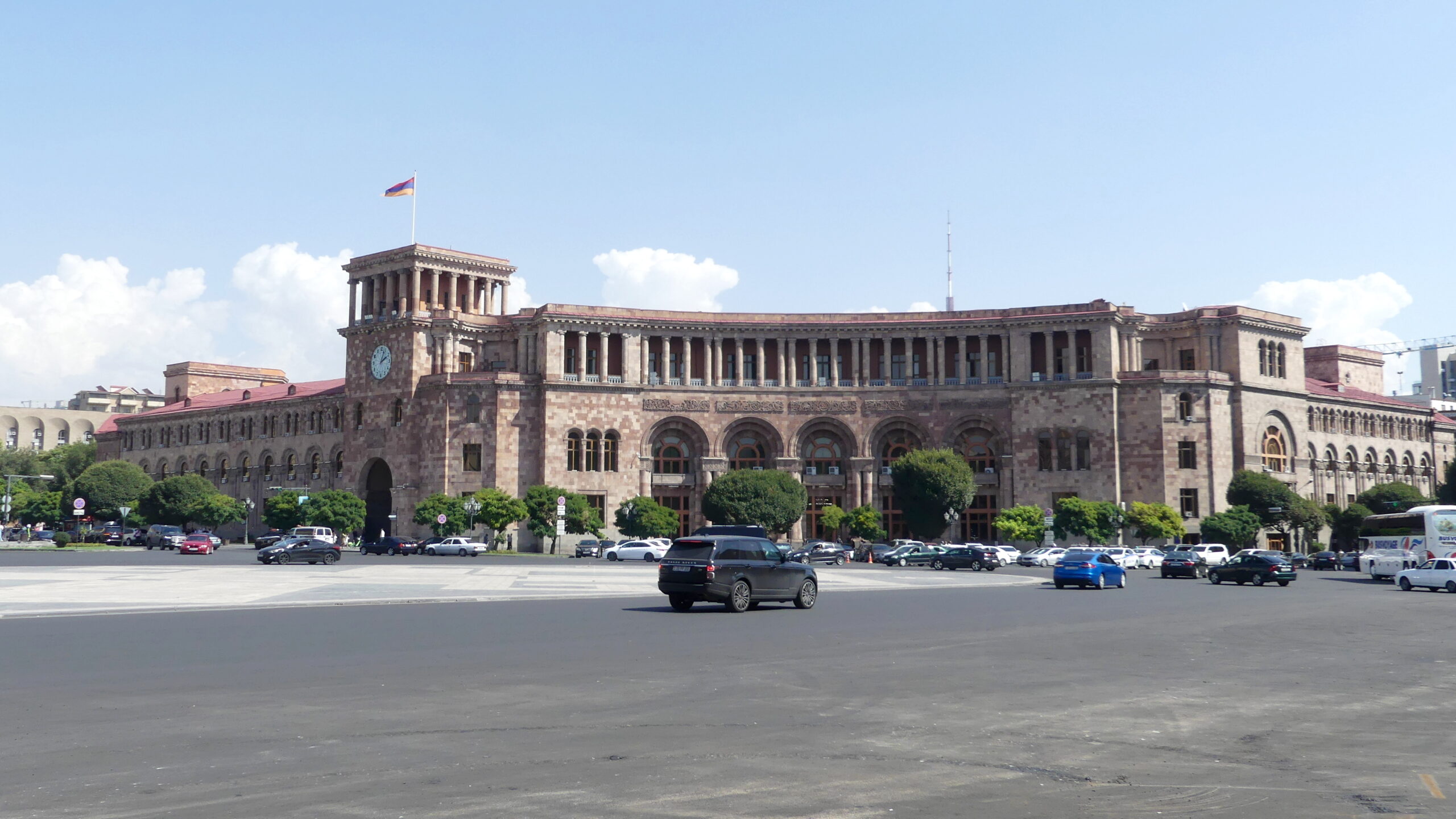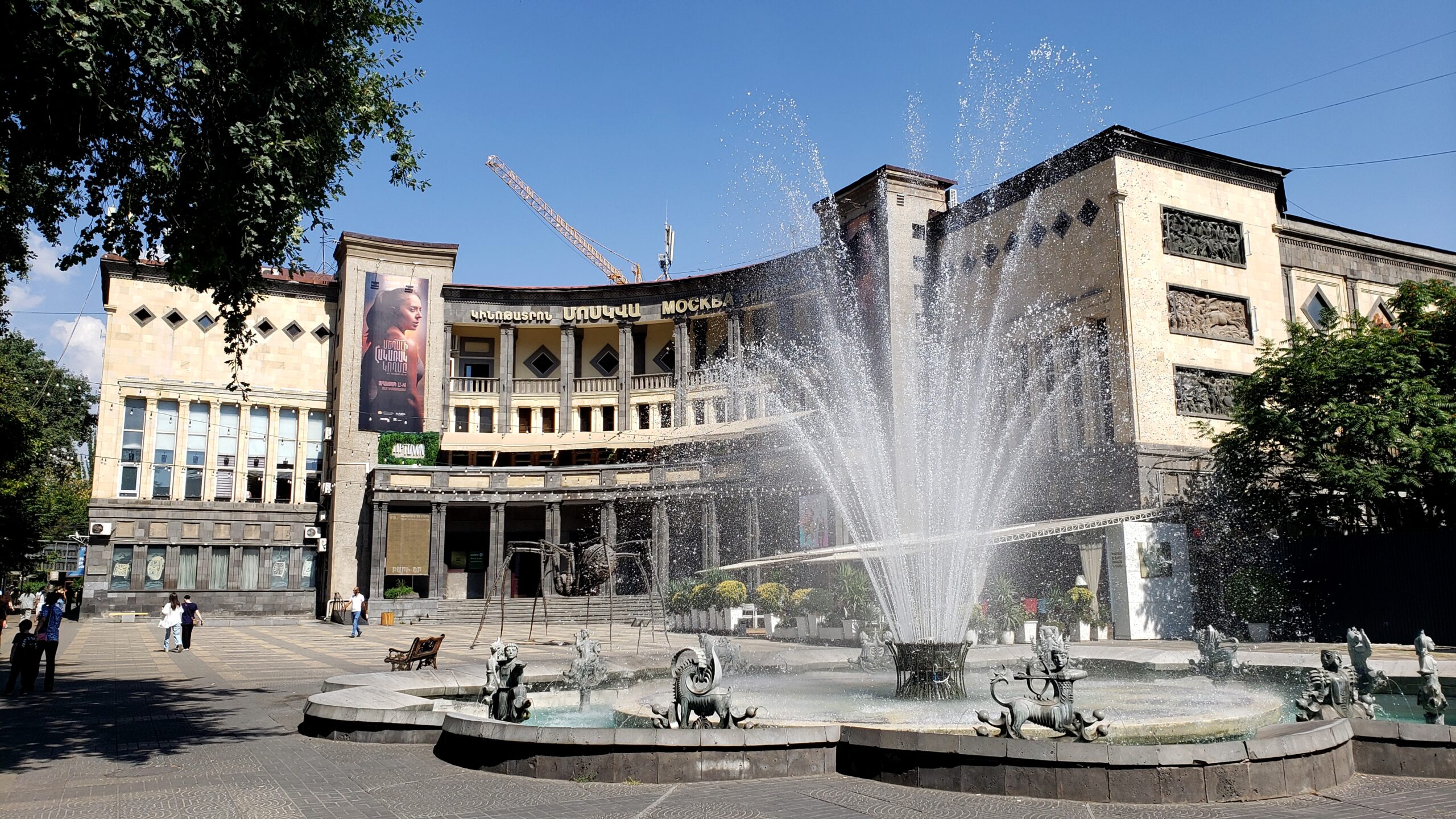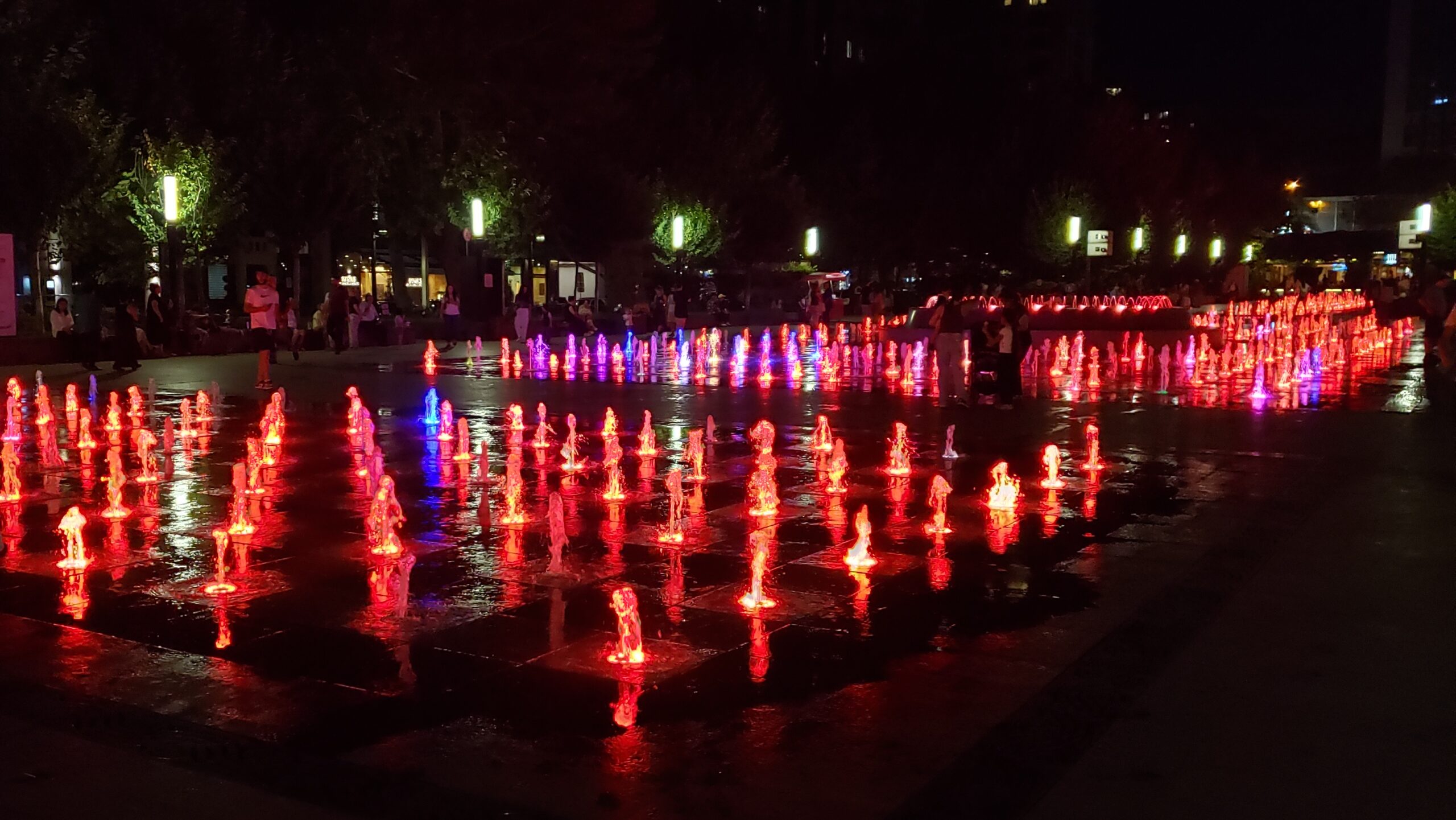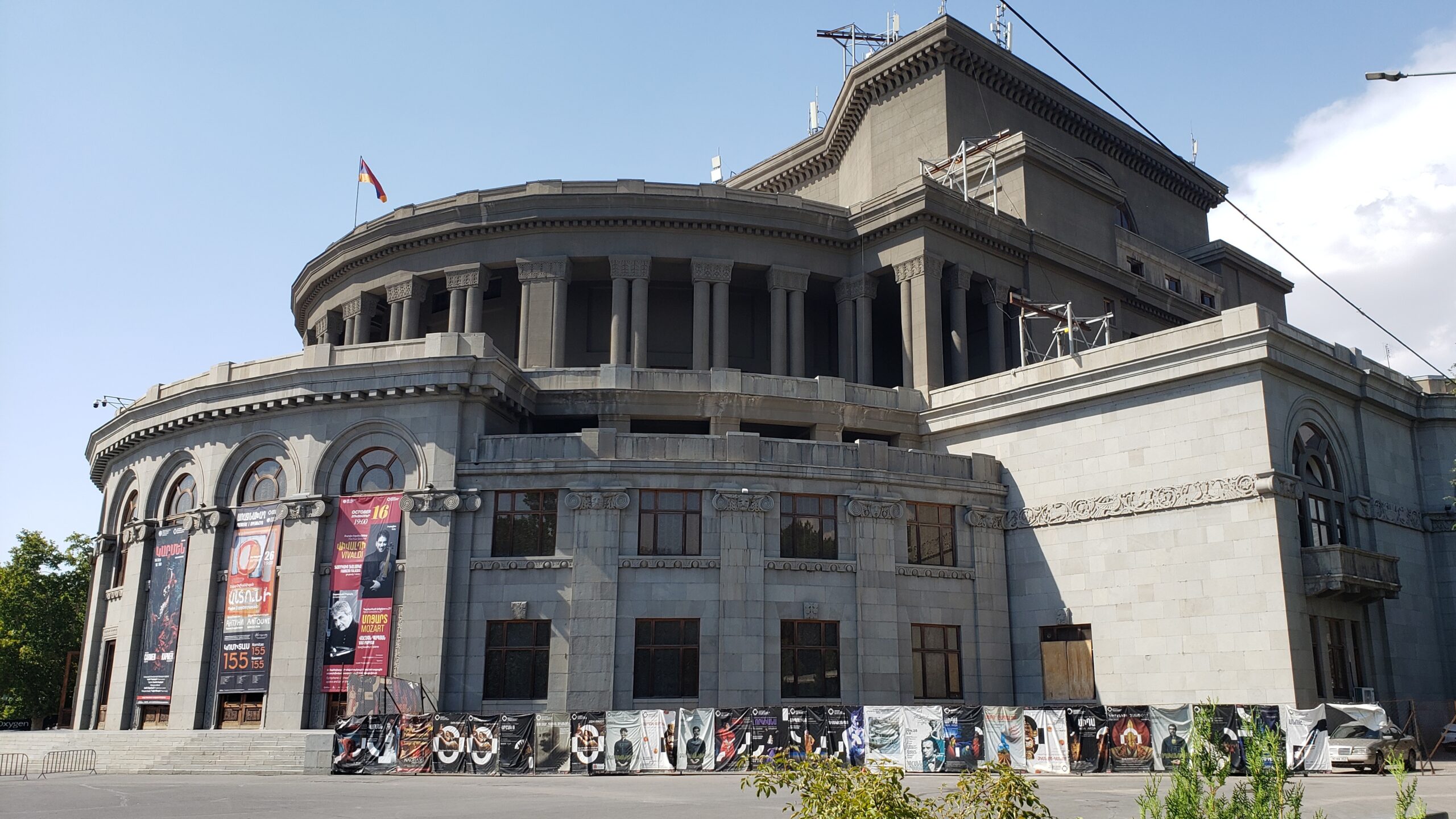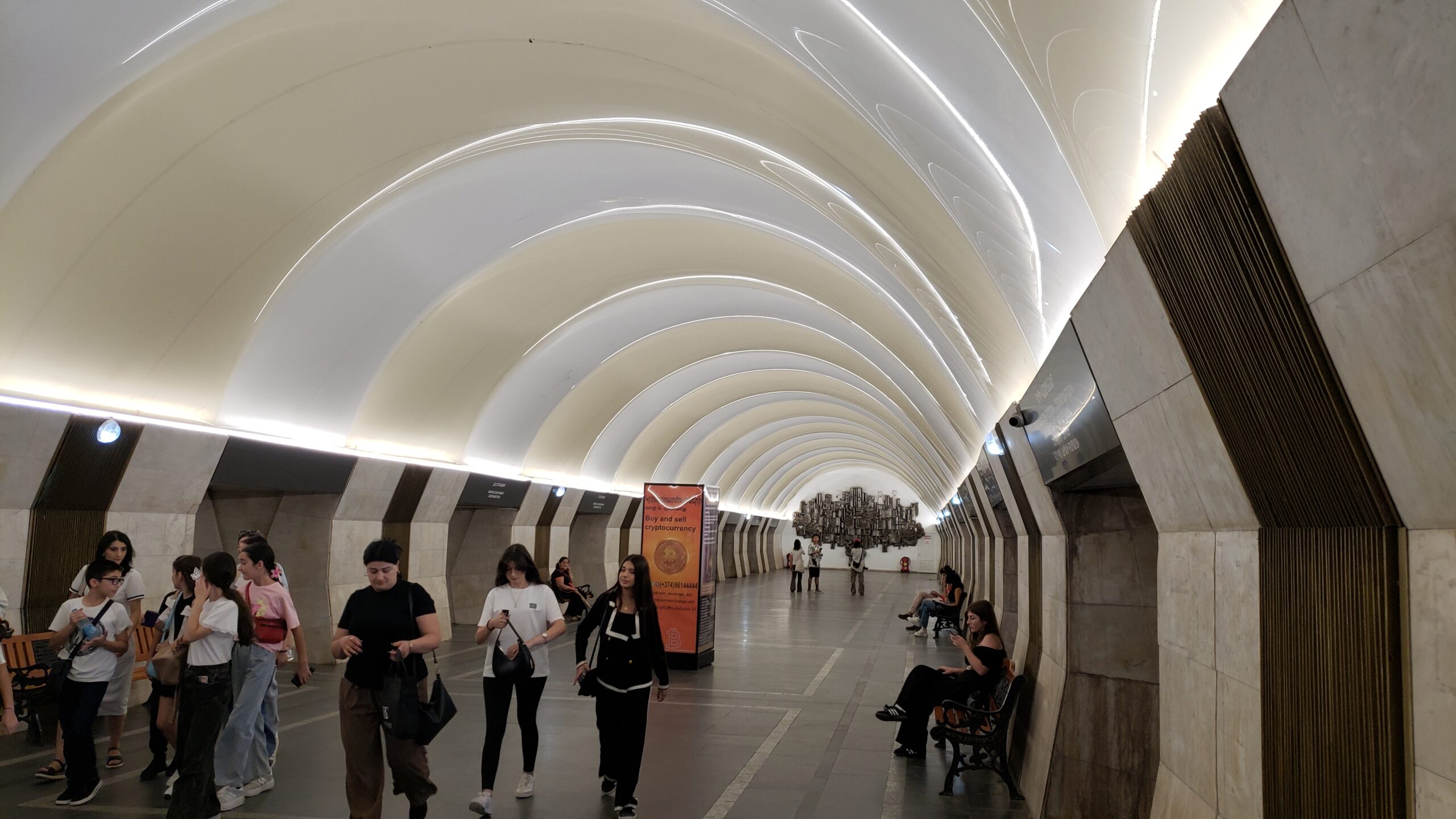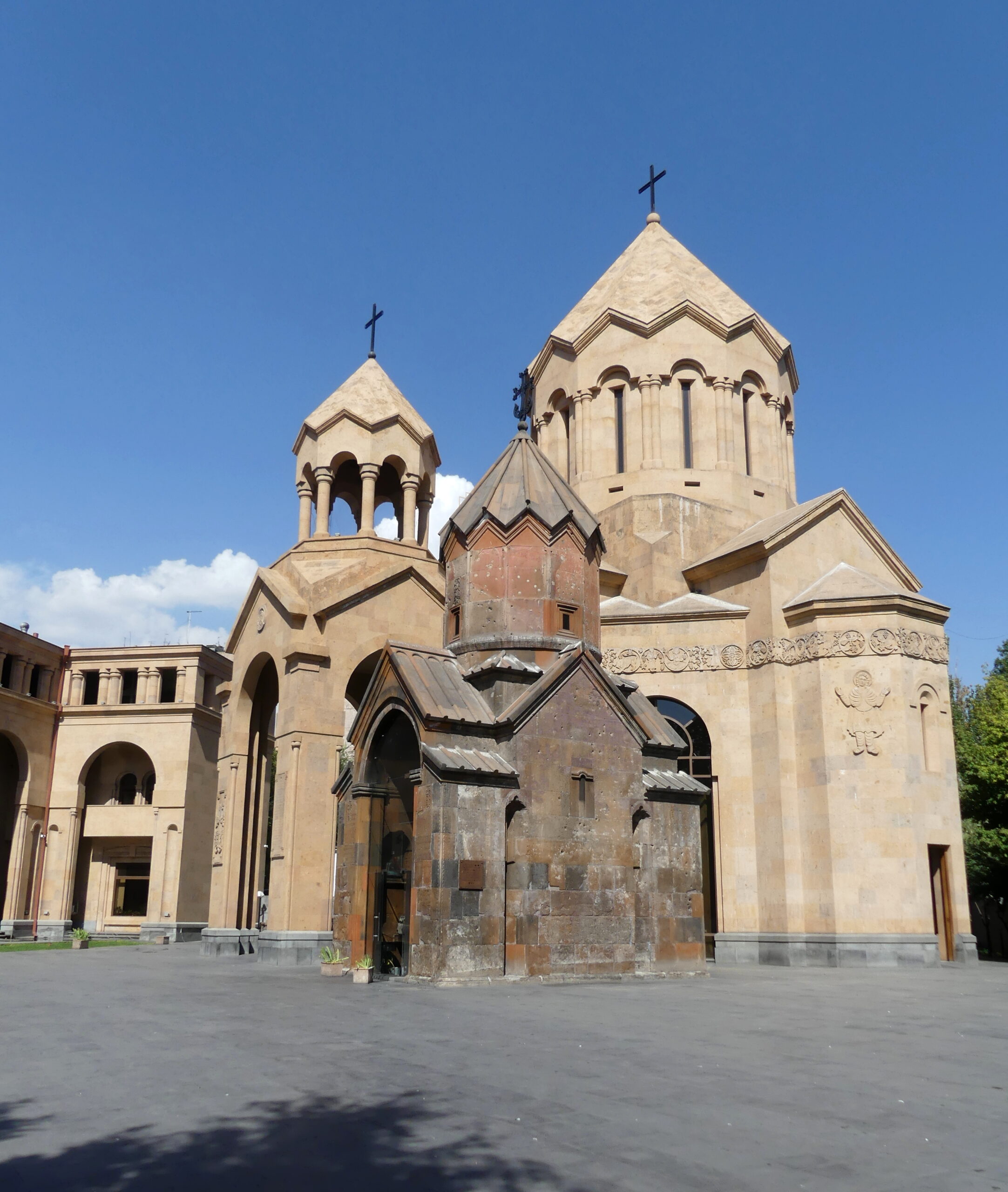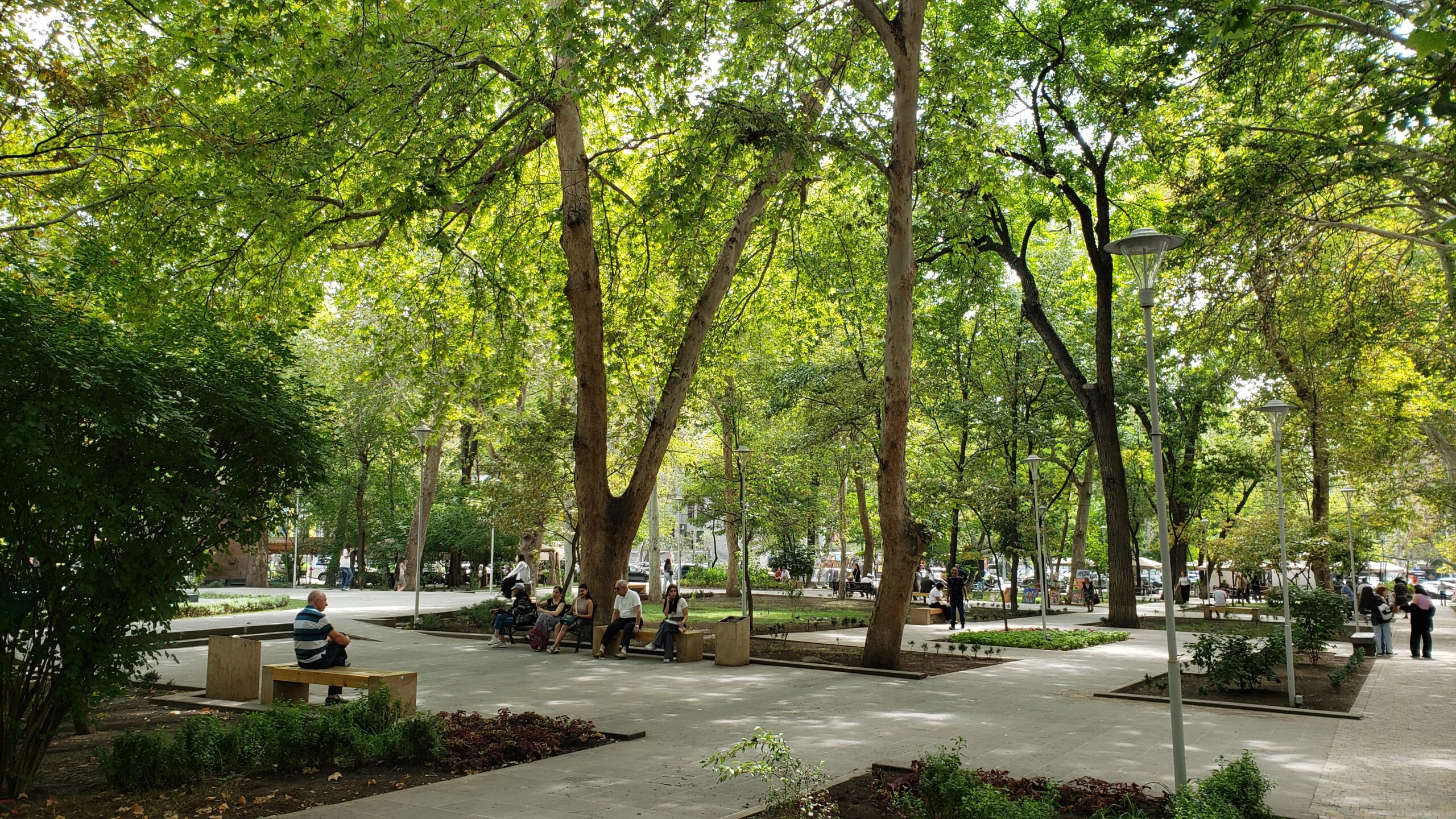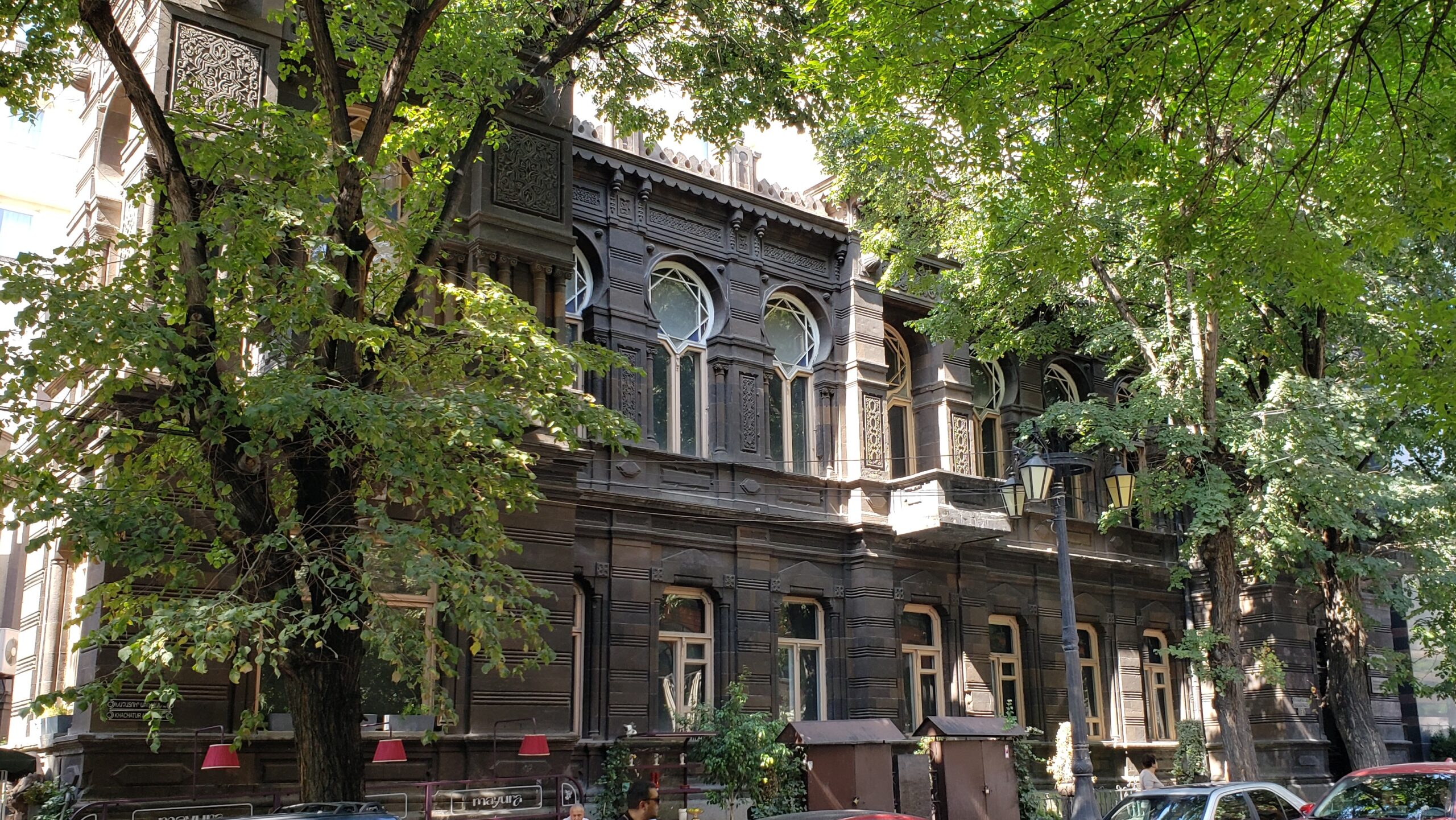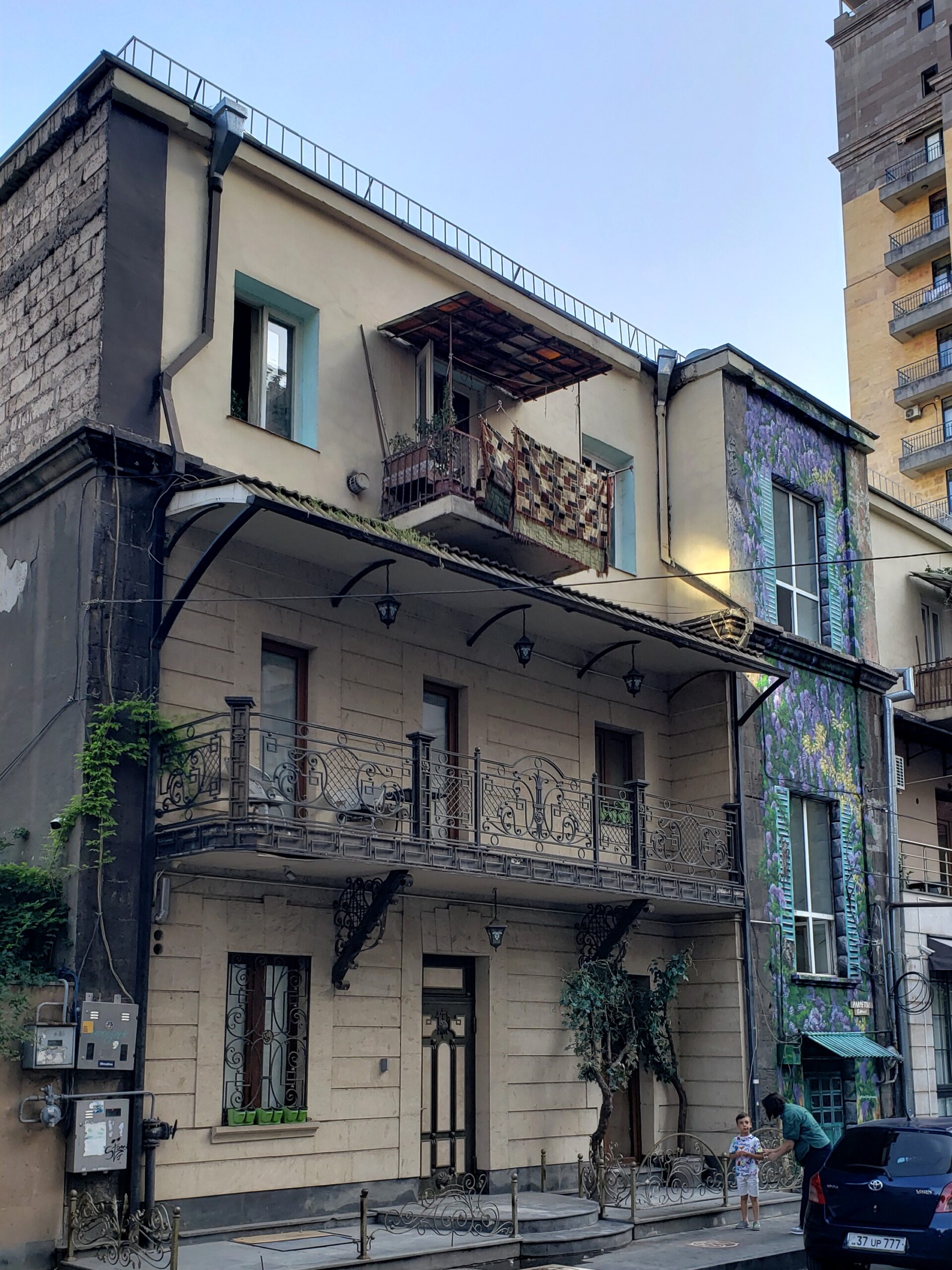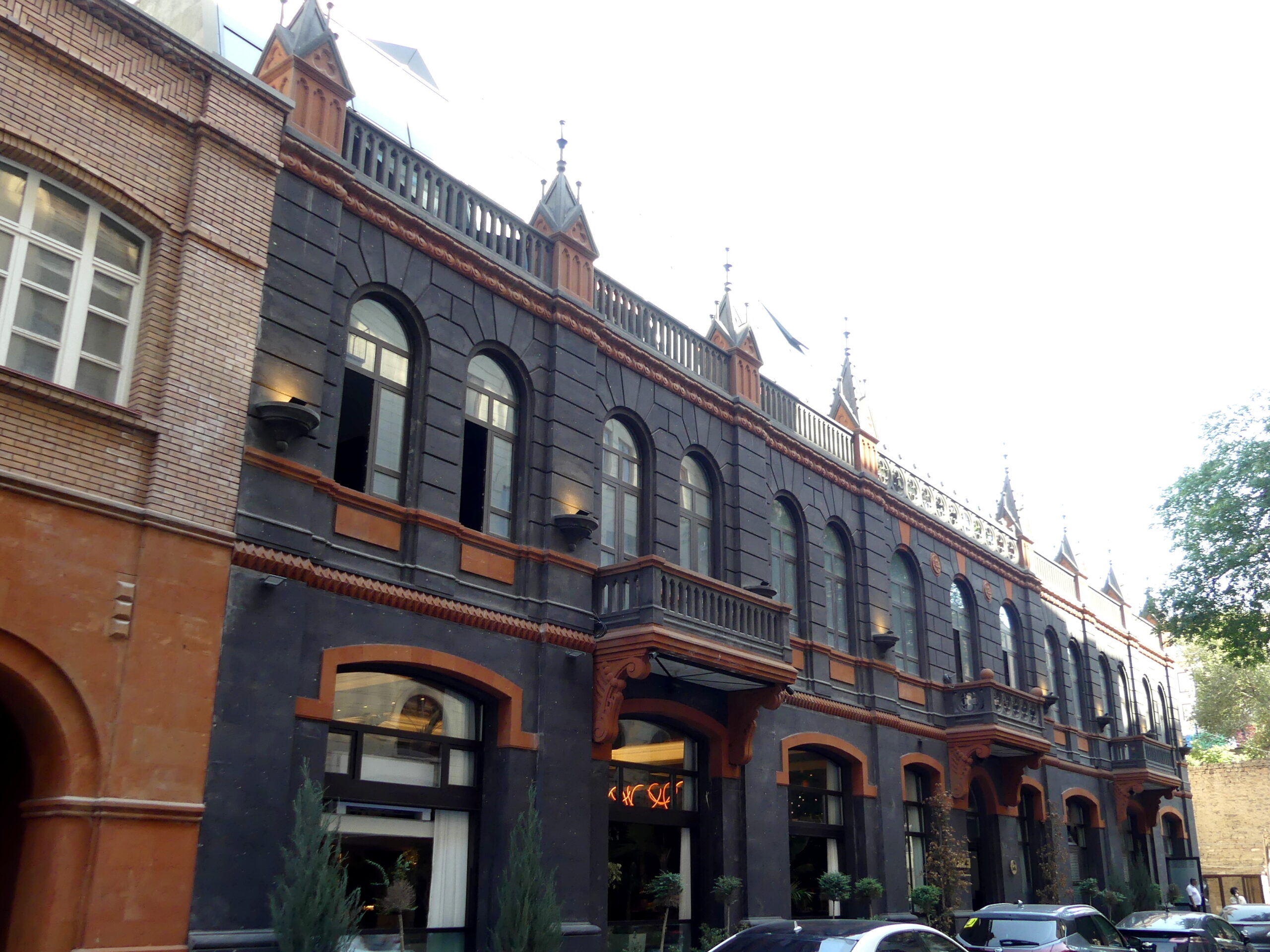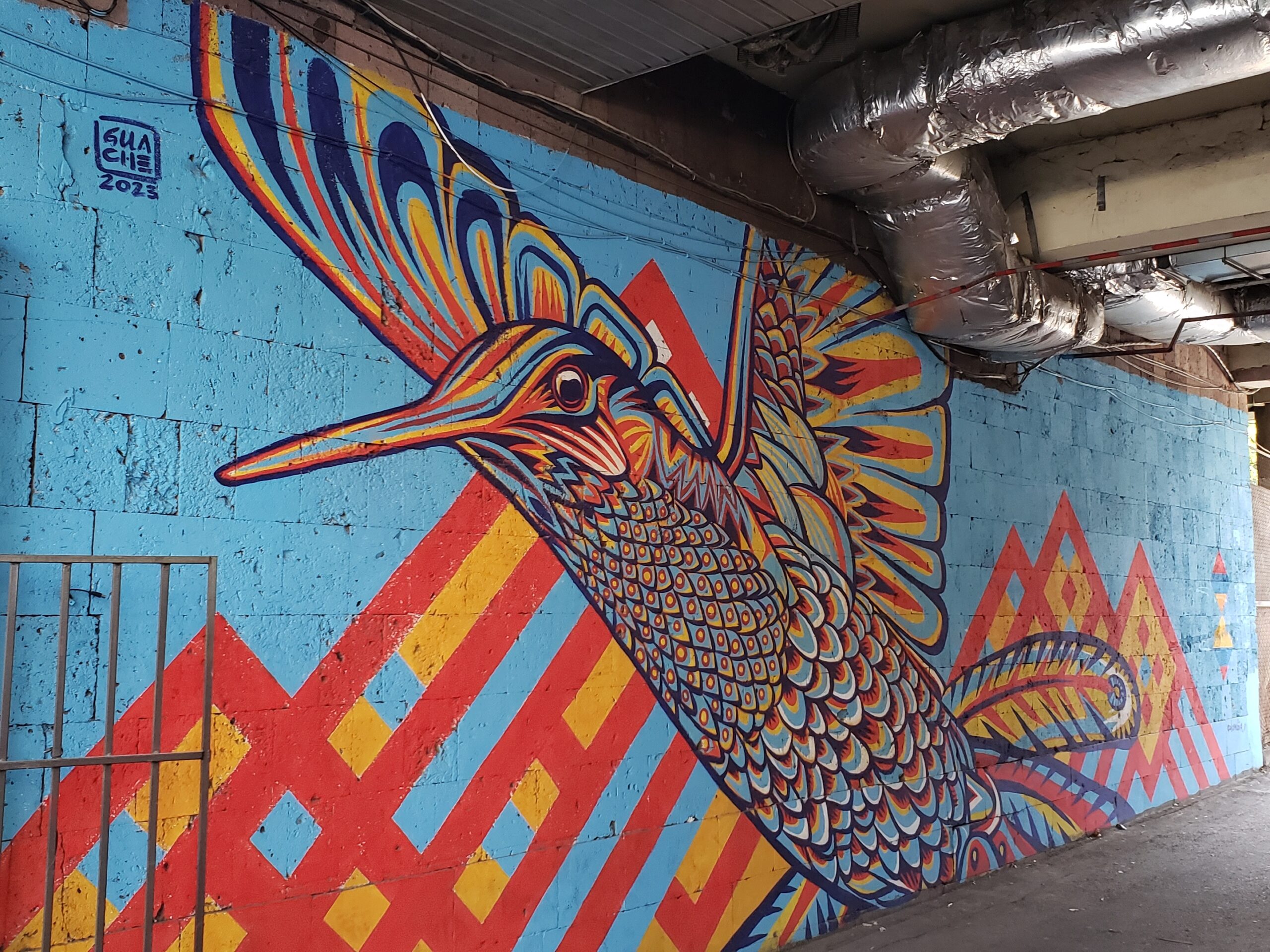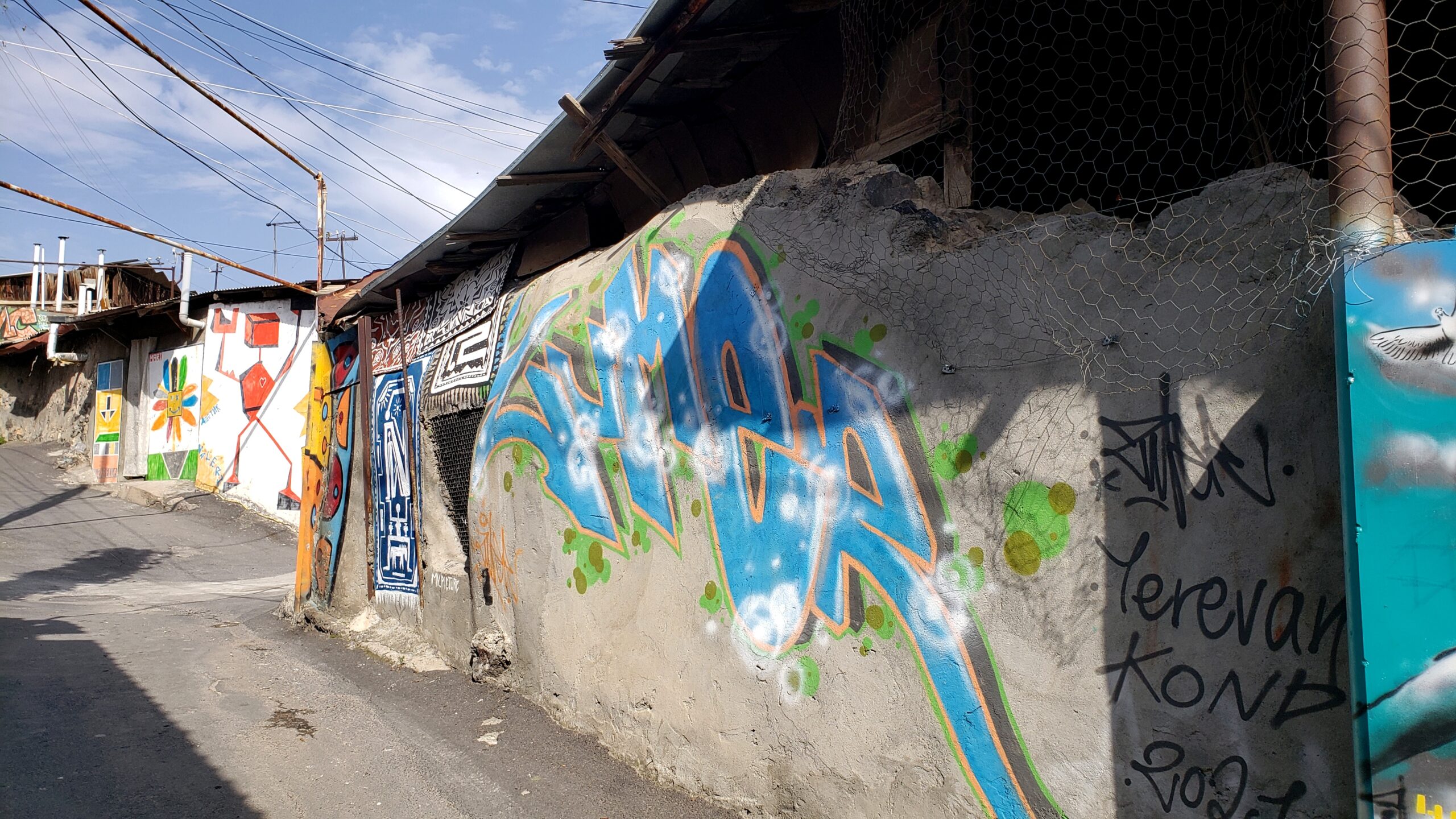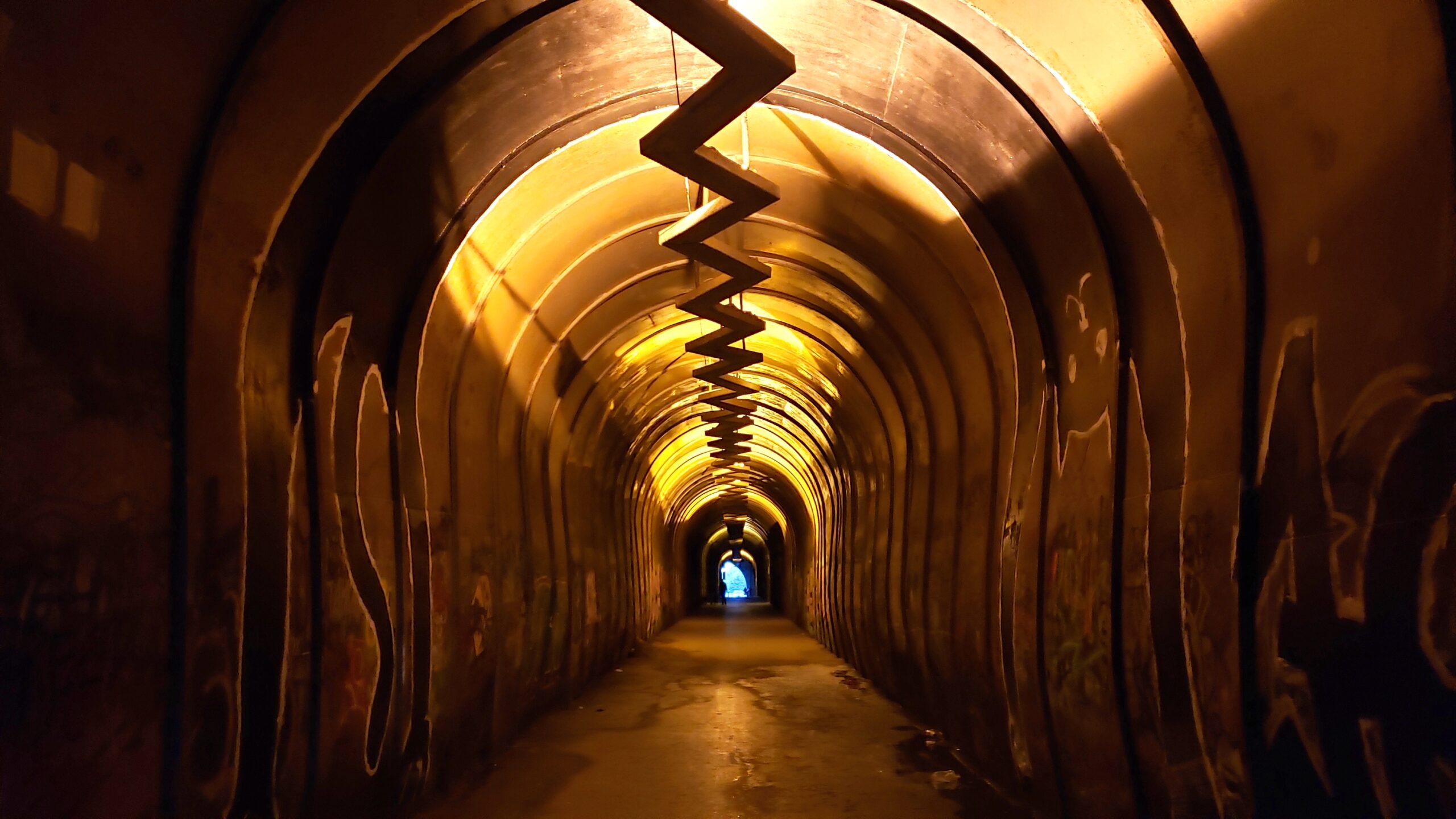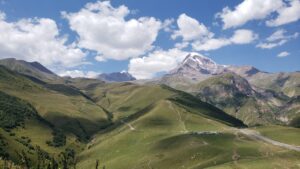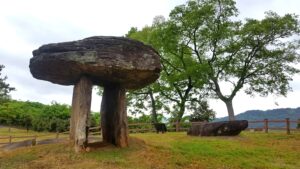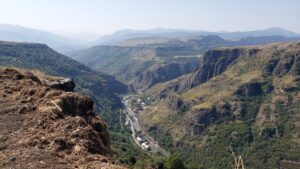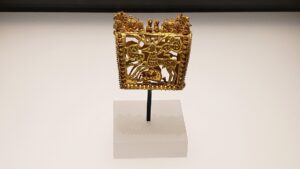In brief: We found Yerevan charming and inviting, packed with bustling parks and cafés. Perhaps its older style is hard to find, but its lifestyle is unbeatable.
Kentron – Yerevan’s center, its heart.
We were surprised to find it so charming and inviting, packed with parks and cafés, bustling with local families on foot, criss-crossed by cute narrow streets and wide tree-lined boulevards. One hundred years ago, under Soviet rule, Alexander Tamanyan re-designed Yerevan as a circle (or perhaps a heart shape) about a mile (1.6km) in diameter, cut up into small squares by the streets. Parks filled much of the diameters and formed the outer circle as well.
Unfortunately, his urban development led to the razing of much of the old city to replace it with a grand neoclassical style. Then in the early 21st century unchecked developers knocked down even more of the old city to substitute sleek high rises and new apartment buildings.
We thoroughly enjoyed the contemporary lifestyle, but also loved hunting for old treasure during our walks.
Republic Square is the center of Yerevan’s Kentron, designed also by Tamanyan in the 1920s but not completed until the 1950s. Oddly, not only is it located very off-center but the “square” is a combination of a large, skewed oval and a trapezoid.
At least the arced buildings that embrace it, like this one, suggest circularity. They are mostly neoclassical in style with typical Armenian decoration on the indigenous tuff stone. Until 1991, an enormous statue of Lenin (whose head topped 18 meters, or 60 feet high) let all know that this was truly Lenin Square.
The colossal Moscow cinema from the early 1930s also arcs grandly within a plaza named for Charles Aznavour, the French singer of Armenian origin. The splendid fountain in front is ringed by zodiac symbols, while a very threatening large spider occupies the middle ground.
Fountains abound in the city. This plaza along the northwestern strip of Kentron offers a playful one, whose action is set to music nearly every night. Water features appear all around town.
Yerevan’s Opera and Ballet Theatre from 1933, also designed by Kentron-creator Alexander Tamanyan, with a somewhat imperial neoclassical interior. It sits at the exact north pole of the city circle. We had the good fortune to attend a performance there of the “Gayaneh (Gayne)” ballet by Armenian composer Aram Khachaturian.
This large park just below the Opera & Ballet House is packed with countless restaurants and cafes to enjoy throughout the day. That hazy stuff is the very common misting that cools patrons on a warm day.
The metro has just a single line for now, but each arcaded stop is unique and stylish like the stations in Moscow.
Survivor: the little 13th century church with the big name (in front of the larger St Anna Church). In 1936, St. Astvatsatsin Kathoghike Holy Mother of God Church was found encased in a larger church built after Yerevan’s ruinous 1679 earthquake.
Developers had rediscovered the old church while demolishing the “new” 17th century one to make way for more useful secular buildings. The old one was also set for destruction, but people protested and won a rare victory over anti-religious Soviet leadership, partly because the old church held historical merit as the only church to survive the earthquake.
A few decades after independence, the Armenian Church added the St. Anna church behind it like a mother hen.
One of many shaded parks offers a cooling quiet near some busy streets.
On one narrow street, an older survivor displays its typical local “tuff” stone, Armenian decorative touches, and Islamic windows.
Stylish and fanciful come together on another of Yerevan’s small streets.
And here we found another older building rehabbed on the inside near the center of Kentron.
Graffiti art is common in town. This one fills a passageway off the main street of Mesrop Mashtots, named for the early medieval inventor of the Armenian alphabet.
Just outside the main Kentron is one of the few old districts to outlast urban redevelopment – at least for now. Topping a small hill, Kond dates from the 17th century though now it’s mostly decaying stone shacks and reconditioned cinder-block homes along its tangle of narrow streets. This lane near the only café is called the Kond Graffiti district.
One further in-town oddity is the Kond Pedestrian tunnel, a half-kilometer passageway under the Kond hill. It seems to have carried vehicle traffic once, but now it’s just a dimly lit graffiti display taken by foot, mostly for fun. It links the NW edge of Kentron to the outlying Hrazdan River gorge. The photo below shows a black cat lining the archway of the tunnel.
(To enlarge any picture above, click on it. Also, for more pictures from Armenia,
CLICK HERE to view the slideshow at the end of the itinerary page.)


